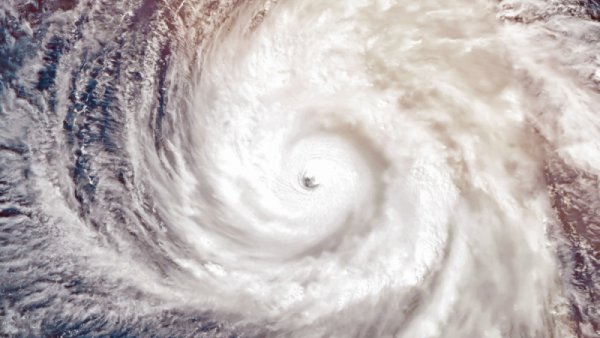THE ROLE OF CLIMATE CHANGE
As part of the flood mapping process, FEMA and the National and Oceanic Atmospheric Administration (NOAA) establish sets of assumptions to model where flooding may occur in the future. They are currently adjusting these assumptions to prepare for the anticipated impacts of climate change on our flood mapping and flood management strategies.
According to the National NOAA, some of the things we are seeing as a result of climate change include:
- Sea Level Rise - As glaciers and ice sheets melt, and thermal expansion occurs as the ocean temperature rises, we are seeing a rise in the global mean sea level. This is significant because almost 40% of the US population lives in population-dense coastal areas where sea level plays a role in flooding, shoreline erosion, and hazards from storms. Globally, 8 of the world’s 10 largest cities are near a coast, according to the U.N. Atlas of the Oceans.
- Changing Weather Patterns - One effect of changing weather are atmospheric rivers, relatively long, narrow regions in the atmosphere (like rivers in the sky) that transport most of the water vapor outside of the tropics. When they make landfall they cause rain or snow.


